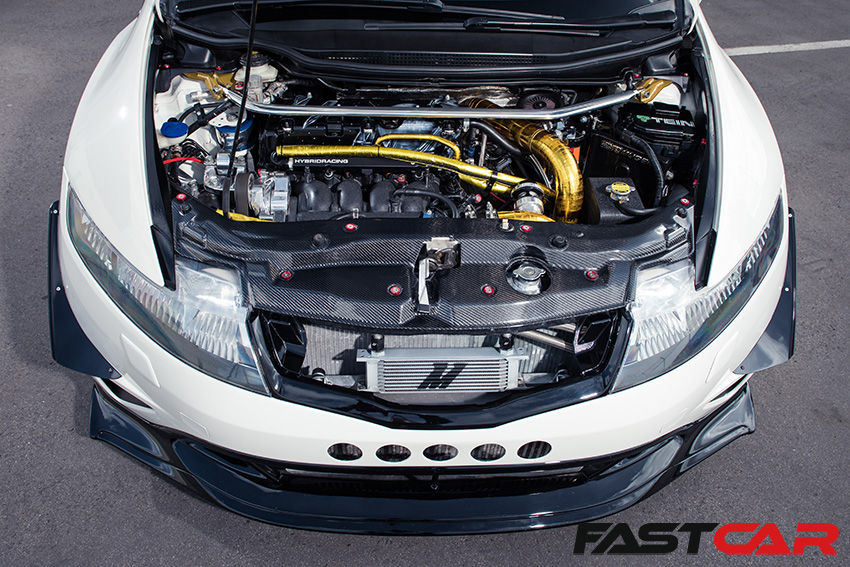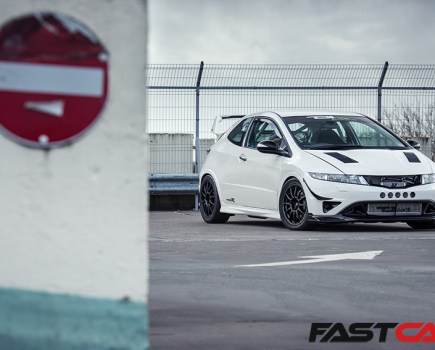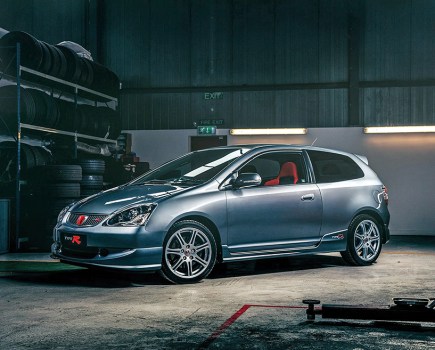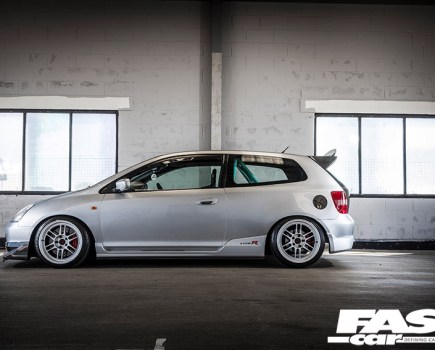A legend in its own lifetime, we take a look at how to make Honda’s awesome K20 engine even better through tuning!
Honda has had a reputation of making high revving, high power, four cylinder motors for over thirty years now. It started with the B-Series in 1989 and introduced the now world famous VTEC variable valve timing and lift system. Since the early 2000s it’s younger brother, the K-Series, has also been on the scene keeping the screaming Honda 4cyl legend alive and well.
The K-Series of engines is wide ranging. From milder 150bhp models, 300bhp+ turbocharged versions, and of course the bigger capacity K24 versions. However, for this tuning guide we will mostly be concentrating on the popular ones as a base for tuning, which is the high performance naturally aspirated versions of the K20A and K20Z engines. All of which produce upwards of (almost!) 200bhp, and rev to over 8000rpm as standard.
Thanks to the interchangeability of the K-Series, the vast majority of these upgrades are possible on any model. However, starting from a lower level engine isn’t always the best use of your money, and of course, certain parts from the bigger K24 are also used as upgrades for tuned K20s; K’s are like the engine version of Lego!
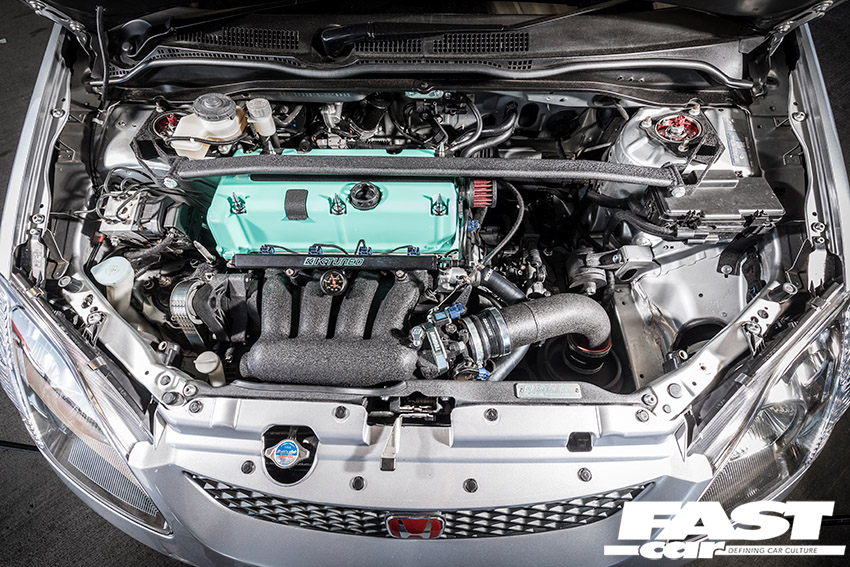
The basics of tuning a K20 engine
The basics are a full performance exhaust system, a good upgraded induction kit, an inlet manifold upgrade, and custom remapped ECU to suit.
When it comes to exhausts you’ll get the best gains if you go to a full system. That means the exhaust manifold all the way to the tailpipe. Choosing a well proven system is ideal; the standard parts are good, so to be a worthwhile upgrade the replacement has to be great! Be sure to check out our guide to the best exhausts for the Honda Civic Type R for more advice.
For the induction kit, the key is maximizing efficiency, so cold air is a must. Whether the kit is drawing air from is down to what kit you choose. A typical open cone filter in the engine bay is not a good idea.
For the inlet manifold, if you’ve got a JDM Type R engine you’re lucky enough to have the best inlets (though some are still better). As a result, you’d be fine with keeping these. However, most other models benefit from swapping to either a higher flowing OE version or one of the many aftermarket inlets out there.
Finally, a custom remap to suit your upgrades is well worthwhile. On these engines, everything needs to be perfect to get the biggest bang for your buck. For this reason a custom remap will be preferable over a generic one. While any good remap will be an upgrade to some extent, when you’re chasing perfection you need it to be customized to your individual setup.
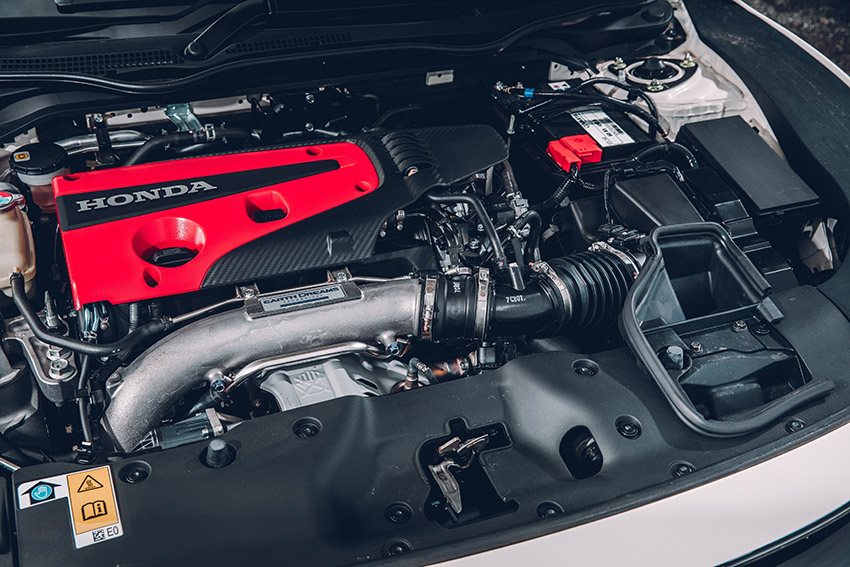
Intake tuning on a K20 engine
If you’re sticking to a naturally aspirated single throttle setup, cold air and efficiency is key. While it’s time to put the factory air box in the bin, replace it with something that is an upgrade. A basic cone filter thrown in the engine bay will gain you little more than noise at best.
Tegiwa, M’s Factory, Gruppe M, Mugen, and others, all make fully enclosed high performance airbox setups that feeds directly from the scuttle panel in front of the windscreen; a high pressure area which is ideal for maximum cold air flow. The other option is to relocate the filter out of the engine compartment and down behind the front bumper like intakes from the likes of Injen and AEM do.
The standard throttle body is relatively large for a factory engine. While it’s unlikely to give worthwhile gains until fairly high levels of tuning, there’s plenty of bolt-on upgrades out there. 70mm, 72mm, and 74mm throttles are all widely available from the likes of K-Tuned, Blox, Skunk2, and many more. If you’re getting really serious, K-Tuned make 80mm and even 90mm bolt-on throttle bodies for the common K20 inlets.
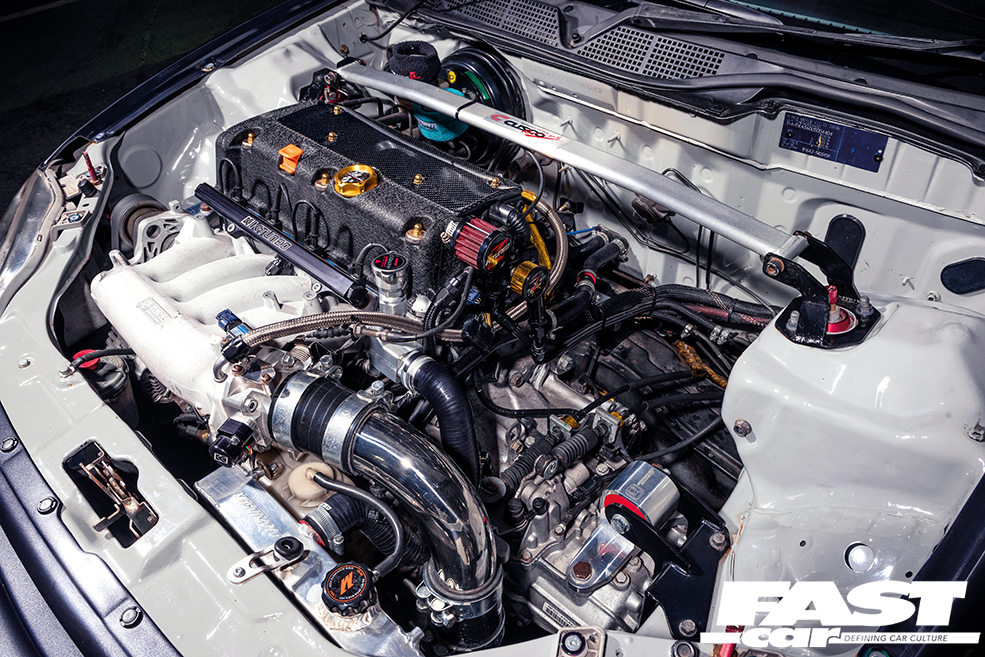
Inlet manifold
There are various factory inlets out there, with the RRC version from the 07-11 JDM Civic Type R considered the best. If swapping to a different factory inlet isn’t your thing but you still want a stock location throttle body, Skunk2 tend to be the go-to inlet manifold brand. If you want to get hardcore, then there’s two main routes to take. For boosted applications, or ones where race rules dictate you have to run a single throttle, there are manifolds from Drag Cartel, ProJay, Gato, K-Tuned, Skunk2, and others. These relocate the throttle to front and centre of a large inlet plenum. For the ultimate normally aspirated setup the choice is usually an individual throttle body kit, aka ITBs.
Due to their huge popularity in both circuit and drag racing, there’s a lot of kits out there from different manufacturers with throttle sizes ranging from 45mm right up to 70mm+ for insane drag setups from the likes of Kinsler. Bear in mind ITB size and length should match your power and rpm goals. An overly big setup will likely lose performance at lower rpm if fitted to an engine that doesn’t need such massive peak airflow.
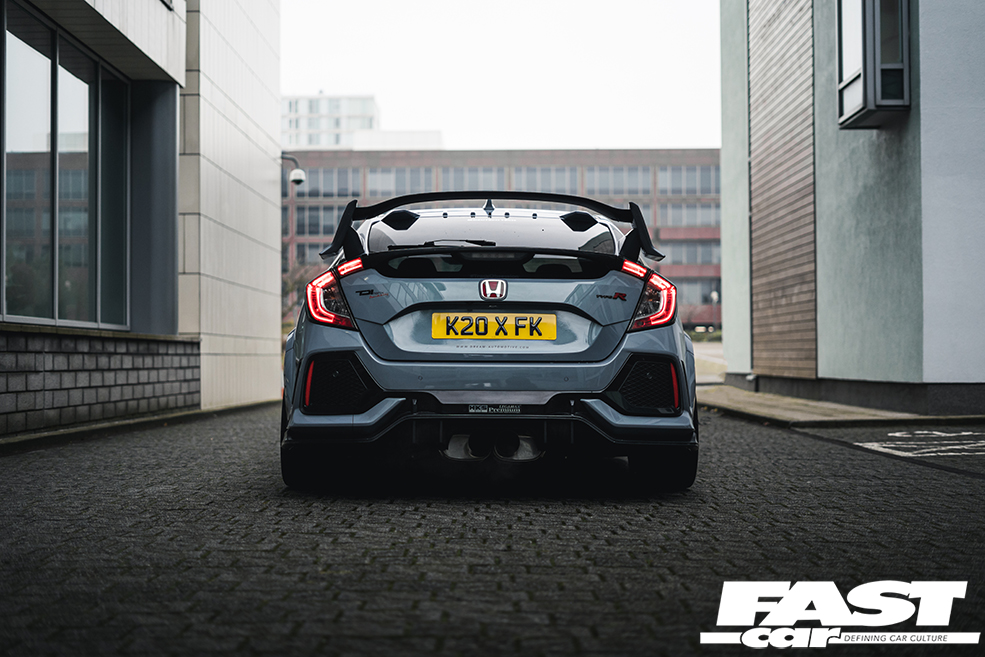
Exhaust tuning on a K20
While large diameter exhaust systems are mostly thought of as a turbocharged thing, the high rpm and power of even a mildly tuned N/A K20 really benefits from them too. Depending on your level of tune and power goals, the main two options out there are a 2.5in or a 3in system. Most agree that the 3in gives the biggest gains, even on fairly lightly tuned cars. However, often at the expense of a little lower rpm performance. For a highly tuned N/A and certainly for any forced induction K20, 3inch is the way to go. For really big power boosted setups custom 3.5 and 4 inch performance exhausts are commonplace.
If you plan to take your K20 powered car on track, be aware of noise issues. A high revving naturally aspirated engine is always going to make more noise for any given exhaust system than a turbocharged engine. Extra silencers to meet track day noise regulations, especially on the 3in systems are a must.
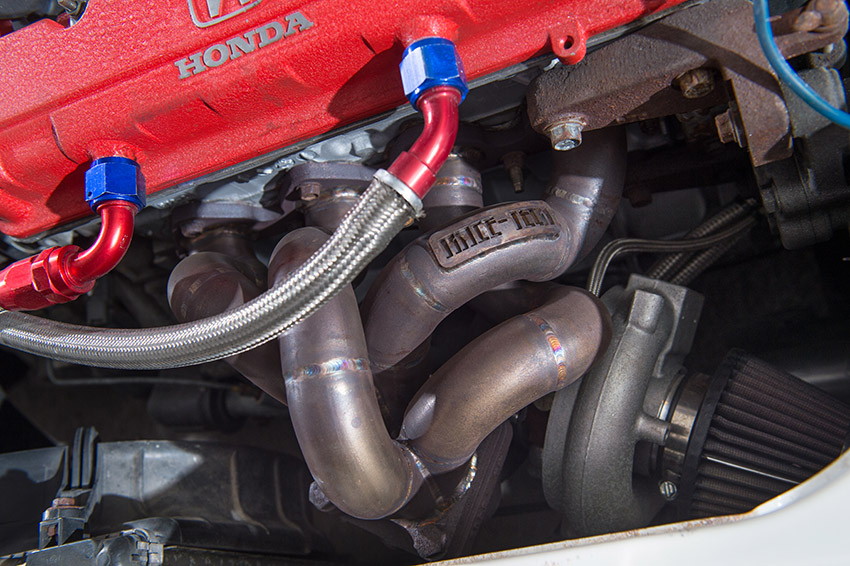
Exhaust manifolds
When it comes to N/A K20 exhaust manifolds, there are countless options out there. Your two main choices are a 4-1 or 4-2-1 design. Generally speaking, if you’re chasing every last peak horsepower number, a good 4-1 tends to work best. Overall, however, 4-2-1 versions are the most popular. While they may give up a slight bit of horsepower at peak, what they gain lower down versus a 4-1 is worth it.
Be aware that not all manifold designs are the same, and the design is key. Long runner designs tend to work best. While the space under the car limits manifold runner length, some are available in a ‘ram-horn’ style which curl around inside the engine bay before going under the car to maximize runner length. Another factor is pipe diameters. Most manifolds have a primary diameter of around 45mm and a manifold which gradually tapers out to a single 60mm or 65mm collector outlet, but there are some made for very highly tuned K-series that have primary diameters as big as 50mm and are 76mm at the outlet. Be aware that too big for your goals will lose you low end power without gaining anything up top. Choose wisely!
Check out our guide to the best exhausts for the Honda Civic Type R.
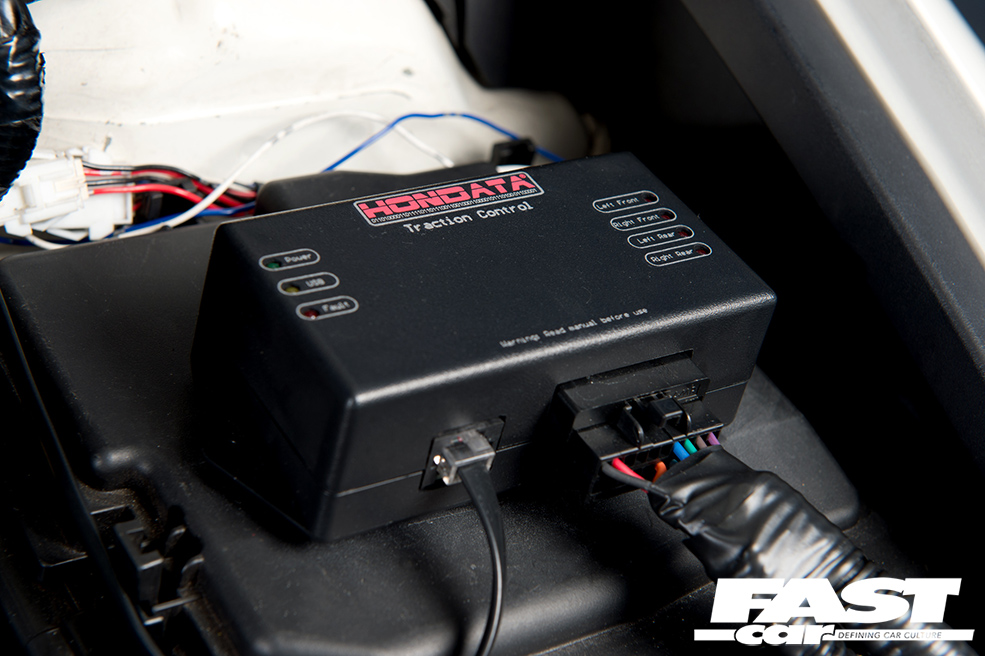
K20 ECU tuning
On mildly tuned K20s, an ECU remap is vital if you want to get the most from your modifications. The reasons for this is twofold. Firstly, the engine is hugely efficient even as standard, so there are no easy gains. If you want extra performance the tune needs to be in perfect harmony with the modifications you’ve carried out. Secondly, unlike most engines where the ECU controls the ignition timing, fueling, and sometimes basic variable valve timing, the VTEC system on the K20 also allows for very precise control on the cam angles on both the low and high cam lobes. This allows for far more adjustment than a typical engine.
When sticking to factory style ECUs, Hondata is by far the most popular. They produce two variations to suit different K20 setups, FlashPro and KPro. FlashPro is for later model cars such as the FN2 Civic Type R and enables the standard ECU to be custom remapped via the OBD2 port. While KPro is for earlier model ECUs, and while it needs some hardware modification to the ECU itself, it effectively turns it in to a fully adjustable aftermarket ECU. It features a huge amount of functions, making it useful on anything from lightly tuned K20 engines to big power monsters.
If you choose a stand-alone ECU, you’re well catered for too. Link, AEM, Haltech and more, make plug-and-play setups that use the existing wiring loom.
Thanks to the K20s massive popularity for engine swaps, you don’t even need to use the factory loom. Companies such as RyWire make complete K20 race engine looms to allow you to plug almost all popular aftermarket ECUs right in; Motec, FuelTech, Emtron, Syvecs, AEM, Haltech, and more!
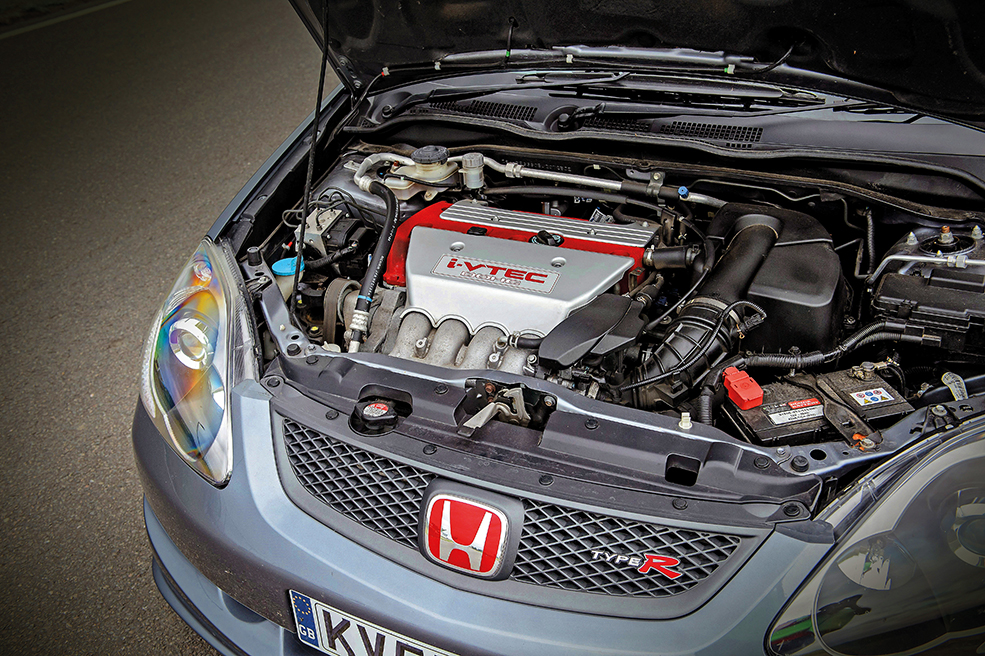
K20 Cylinder head tuning
One reason the K20 is such a great engine is the cylinder head. The peak lift and duration even on the standard camshafts is far more than most engines have fitted even in highly modified form. This would make for terrible low rpm drivability normally, but thanks to the VTEC dual cam lobe design, the second far milder lift and duration lobes used at low rpm and through the midrange.
This means standard camshafts are capable of massive power levels, especially when combined with forced induction. However, that’s not to say you can’t go even wilder. There are plenty of options out there from all major camshaft manufacturers and K-series specialists should you want to push your peak power and rpm even higher.
As you’d expect, Honda made a seriously beefy standard valve train to cope with the high valve lift and high rpm. The Type R valve springs happily handle 9000rpm without issue, incredible for an OEM production 4cylinder. However, when fitting bigger cams, the valve train needs modifying with stronger springs and retainers. Bear in mind that some of the wildest camshaft setups allow the K20 to make power into the 12,000rpm region.
Cylinder head porting
Finally, there is cylinder head porting. While factory head ports are incredibly high flowing and people have made massive power from them even without modifications, especially on boosted applications, nothing is perfect. These aren’t heads anyone can randomly attack with a Dremel and get easy gains. That being said, a good cylinder head specialist can work their magic on these. This includes not only port work but fitting bigger valves and modifying the combustion chambers to give great flow gains.
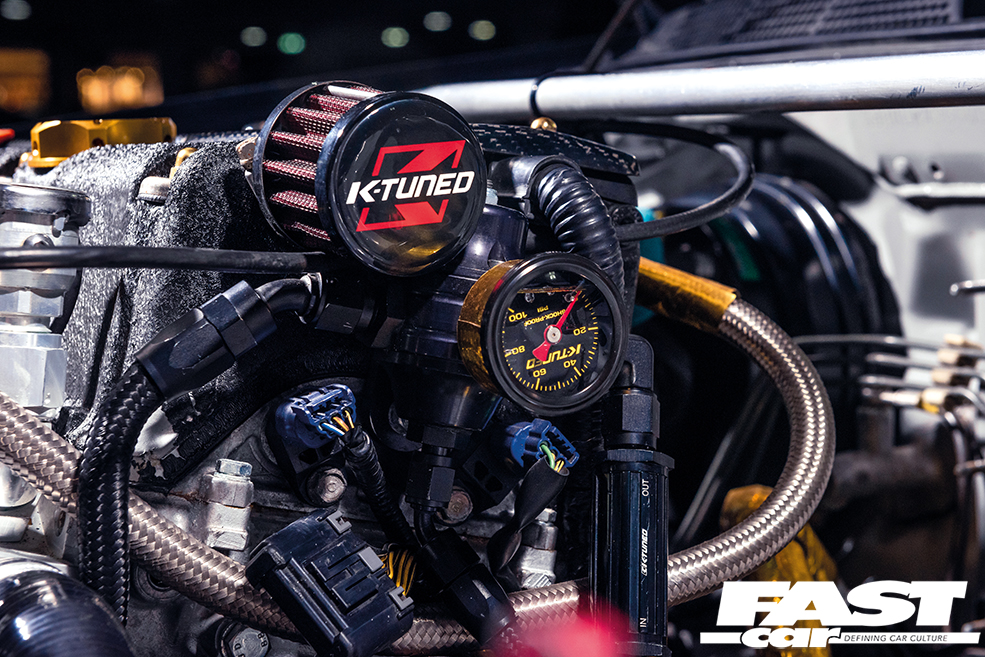
Bottom end K20 tuning
Adding boost highlights the engine’s weak spots. While stories of stock internals handling big power on turbo K series are all over the internet, in the real world, the factory rods are far from strong. For long term reliability, a rod and piston upgrade tends to be the bare minimum with boost.
Unfortunately, another problem beings to show with higher power levels, and that’s the fact the K20 is an open deck block. This means the cylinders have no support at the top, which can lead to flexing, cracking, and a variety of engine failures. The solution to this is a block guard of some description, usually made of metal, that is pressed or machined in to the block to create a closed deck. However, many have great success by using epoxy resin to do the same job. The next weak point tends to be the cylinders themselves. With aftermarket sleeves/liners from the likes of Darton, while it involves some expensive machining, you can end up with a block that’s been proven to handle four figure power numbers.
K24 block
It wouldn’t be a K20 guide unless we talk about using a K24 block! Using the taller K24 block mated to the K20 head is a popular and effective way of increasing capacity. The strengths and weaknesses are much the same, and the conversion is well catered for in the aftermarket so you’ll have no issues there.
And lastly, if you pushing well over 1200bhp you’re going to be regularly finding the weak points of the factory block regardless of what you do to it. Companies like Bullet have you covered with a full billet block, which is already sleeved and closed deck from the factory. It’s built to be reliable even at 1700 horsepower!
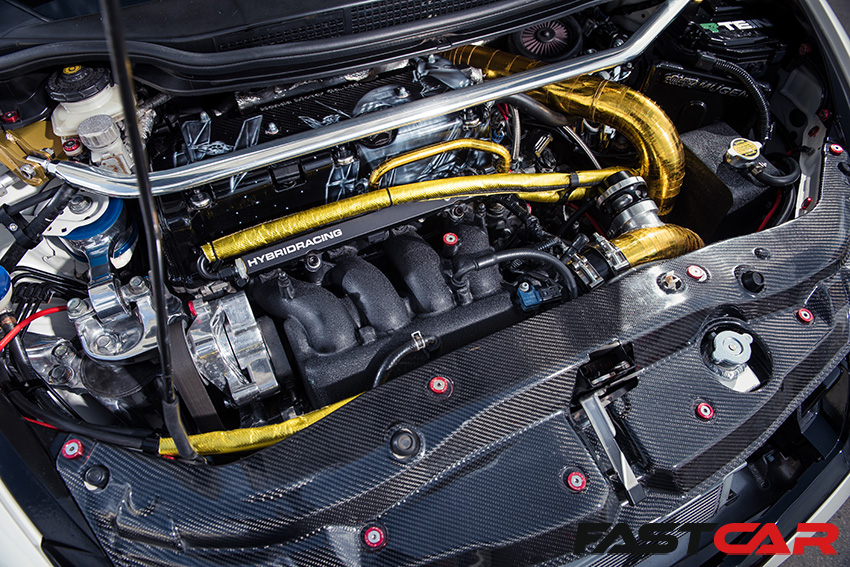
K20 Forced induction tuning
Last, but by no means least, boost! Boosted K20s are probably more common than naturally aspirated ones in the tuning scene. That’s for good reason too; boost magnifies any power an engine makes in N/A form. If you’ve got a mildly tuned 250bhp K series, with a good turbo setup, just 1bar of boost will double the power, giving incredible potential. What’s the maximum potential? Well, it’s usually engine strength! We’ve seen billet block K20 turbos make well over 1500bhp, so the potential is there if you want it.
While turbo conversions are by far the most common, with countless turbo manifolds on the market, supercharger conversions, both positive displacement style like the Jackson Racing kits, and centrifugal like the TTS performance offerings, are available and very effective. People have seen well over 500bhp from the TTS conversions for example.
One thing worth noting is, because the K series makes power at higher rpm than your typical engine, what is a ‘small’ turbo for a K20 tends to be bigger than on most 2ltr engines. While you may not have a power goal anywhere near as much as the compressor can flow, running a relatively large turbo versus your power goals is the norm as you need a higher flowing turbine side to allow the engine to breathe at its full potential at high rpm.
Words by: Stav

